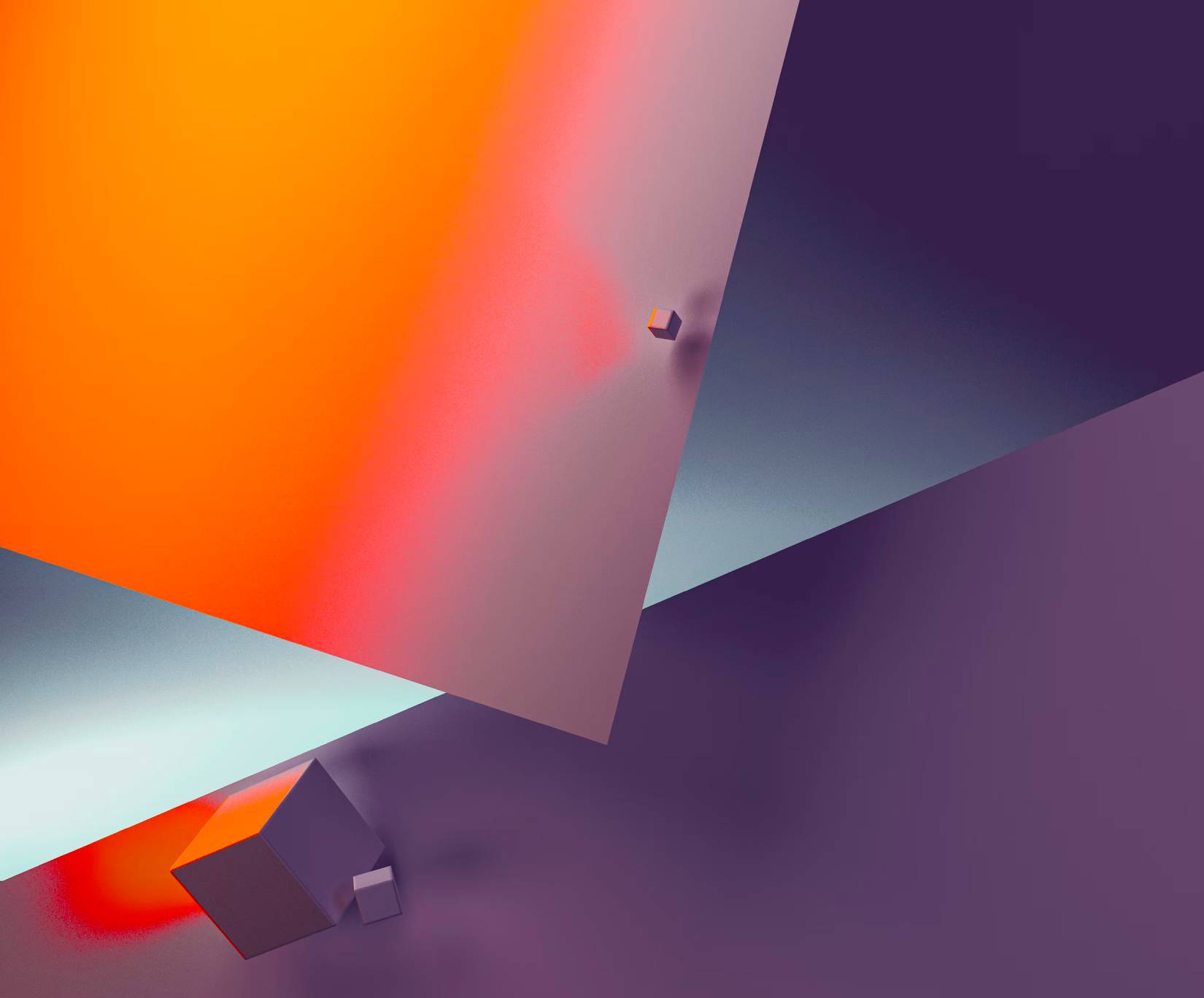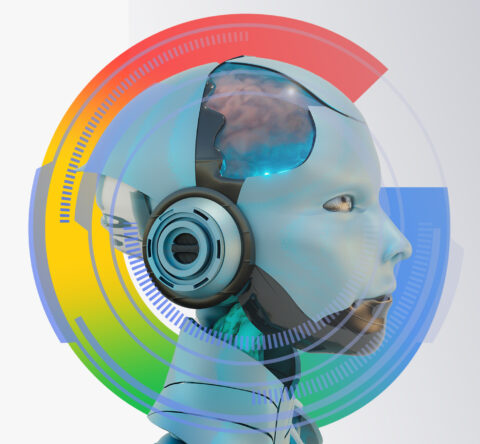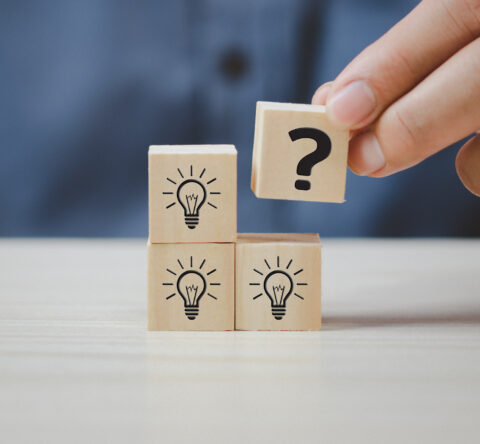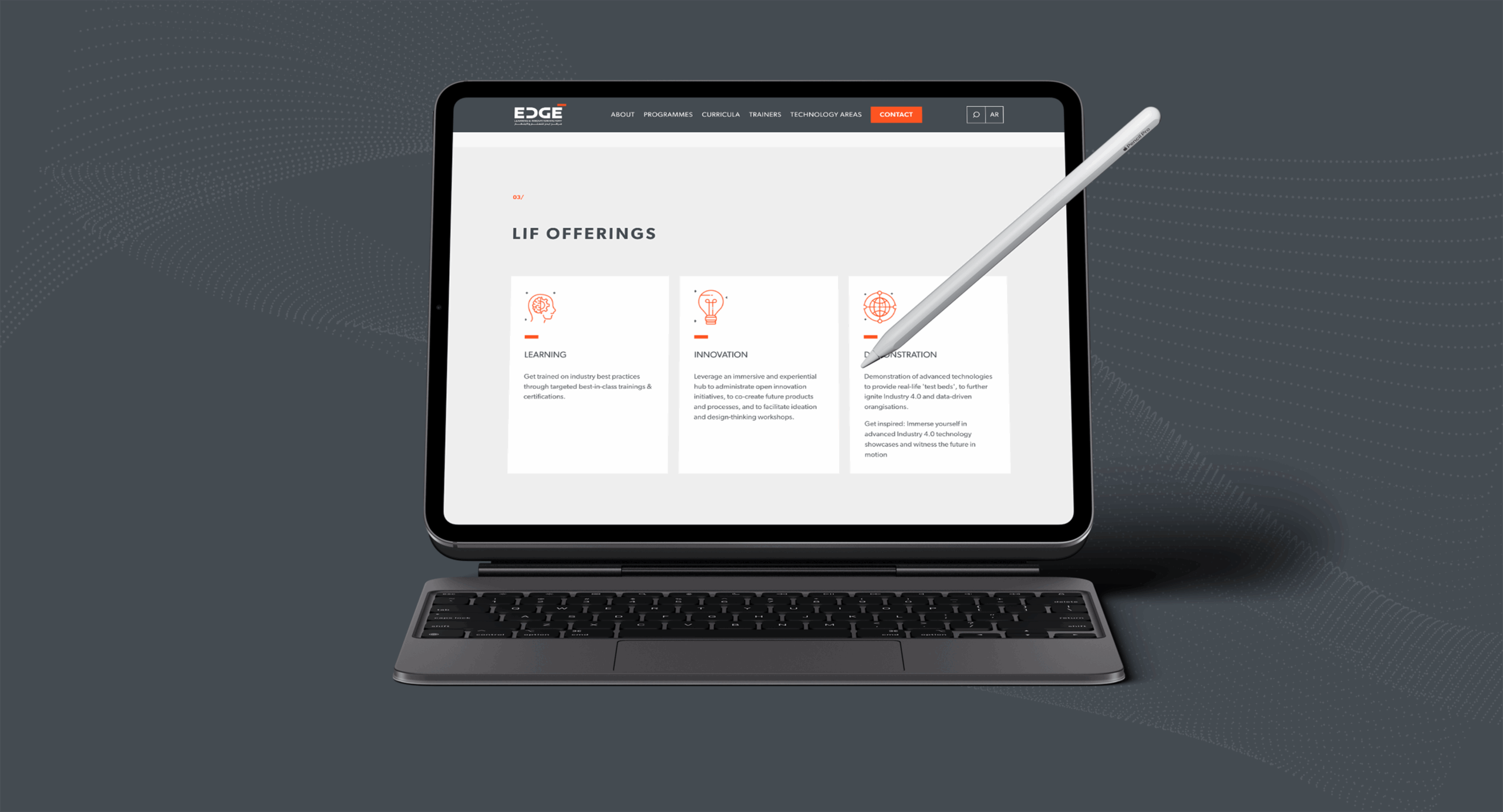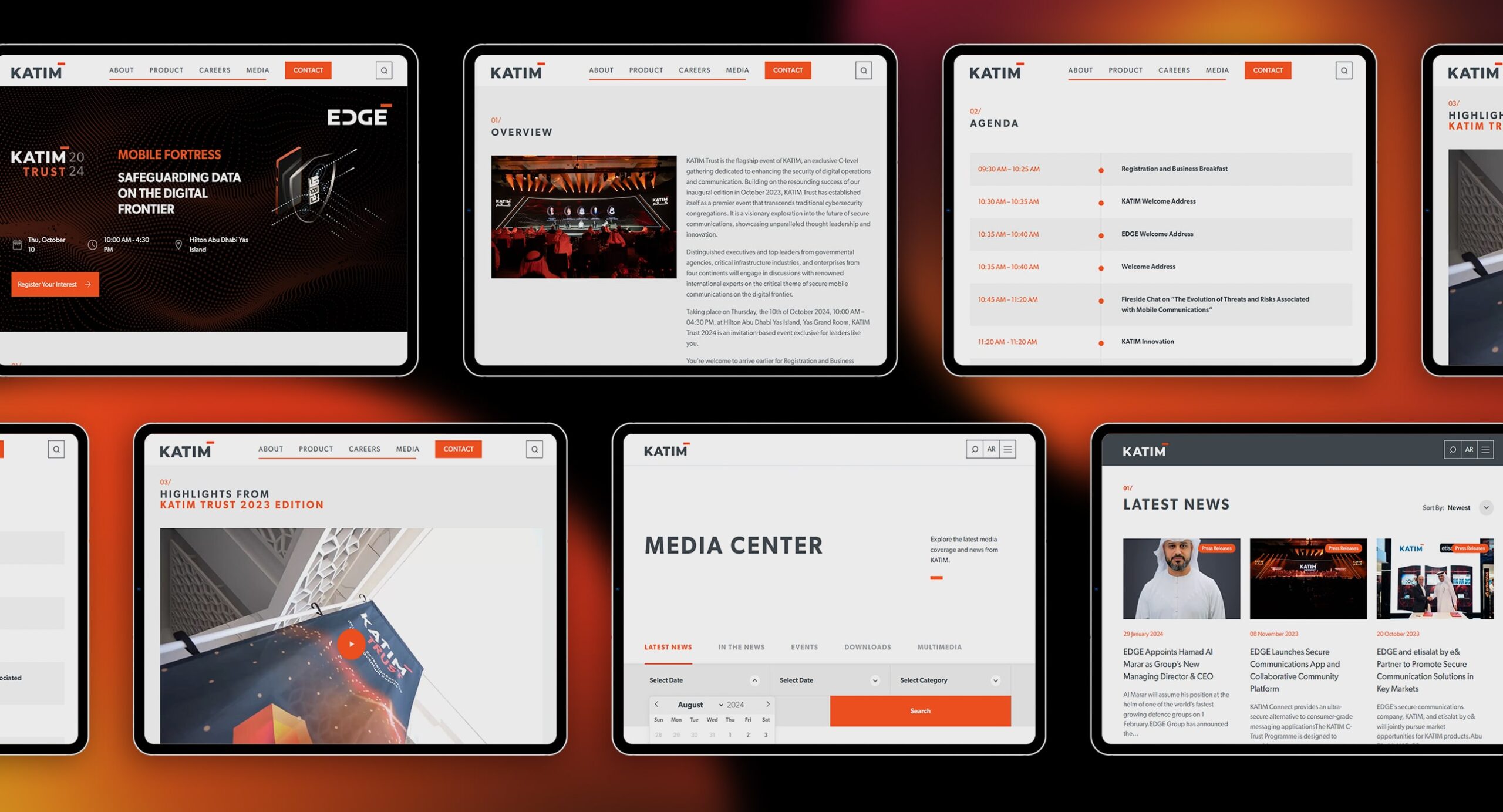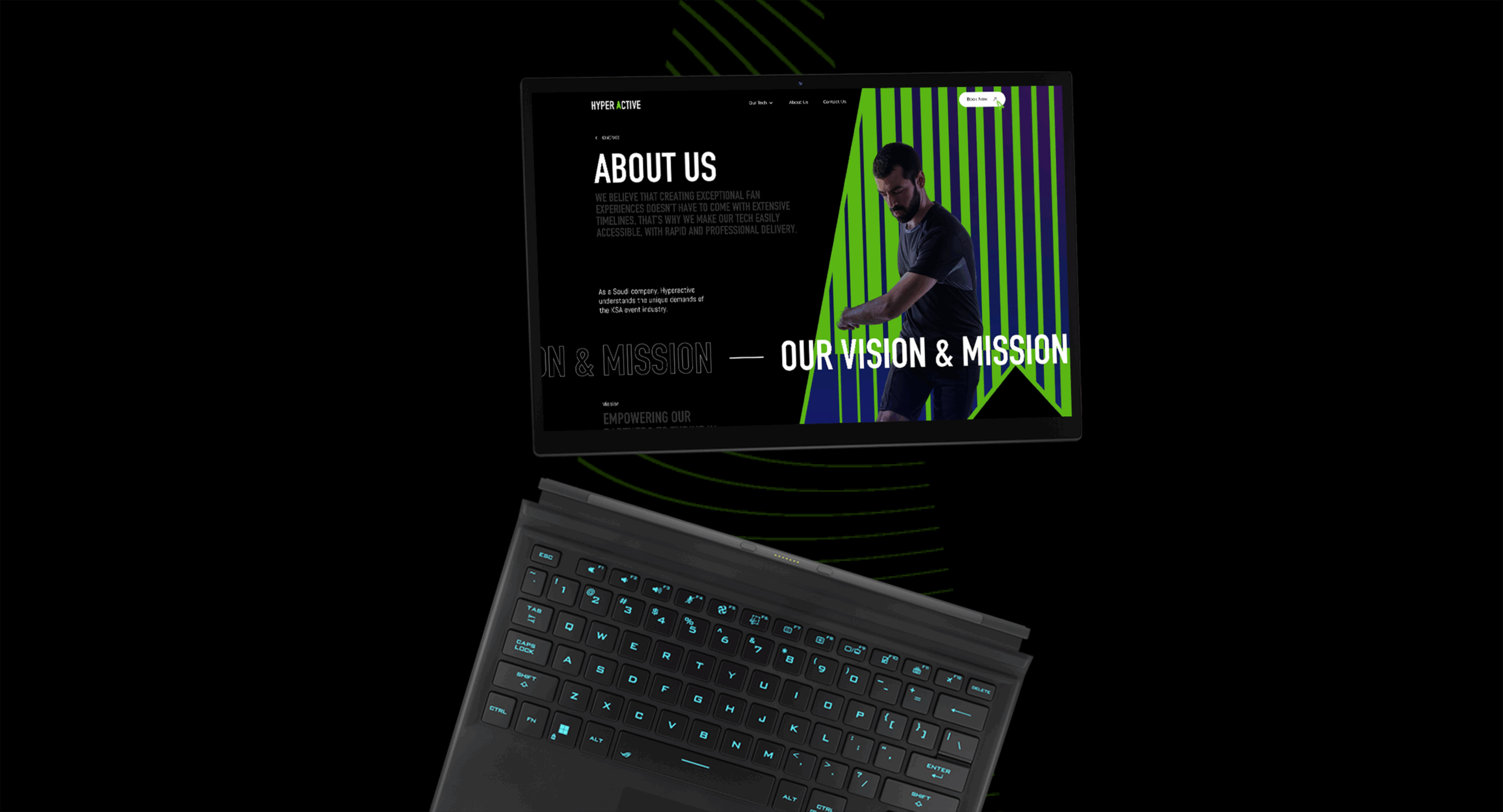What is Motion Design and UI?
The relationship between user experience (UX) and motion design is relatively new but shows a lot of potential.
Motion design is more than just aesthetics and has become crucial in enhancing interactions between users and digital products by providing a narrative and streamlining processes. In short, motion design, its animations, as well as transitions make user interfaces enjoyable, easy to use, making a brand’s visual storytelling more impactful.
On the other hand, Motion UI is a Sass library that is used to create different Cascading Style Sheets (CSS) transitions and animations.
The Principles of Motion Design
The motion design principles as Disney animation expert Jorge R. Canedo Estrada outlines are:
- Timing, Spacing, and Rhythm
- Eases
- Mass & Weight
- Anticipation
- Arcs
- Squash, Stretch, and Smears
- Follow Through and Overlapping Action
- Exaggeration
- Secondary or Layered Animation
- Appeal
The Benefits of Motion UI
Motion UI benefits include the fact that transitions, effects, and animations can:
Gives Graphic Cues
When you are able to visually let users know what is happening, they are less likely to leave your website or app because they know that the page is loading or when their data has been saved instead of making assumptions. If you have a call to action (CTA) or tutorial when users have their first interactions with your site or app, that’s an even better way to give graphic cues!
Bring Data to Life
Data, more often than not, is boring and most users skim or skip through statistics. Representing facts and figures with colour, shape, and movement brings the numbers to life and makes what you have to say more interesting. Data visualization UI design can positively affect your app or site metrics so it’s something to think about.
Help Navigation and Transitions
New users need direction when visiting your website or using your app. Using animated transitions can help them understand how everything works. A moving animation can also draw their attention to what you have to offer.
Make Content Dynamic
Motion UI will keep your content interesting. Typical products, statistics, or business metrics won’t be boring and motion content will engage users as you visually share a brand story.
Elicit Emotional Responses
Motion is communication and you have the opportunity to connect with users emotionally. If you want to reinforce your message as a brand and elicit emotion UI transitions and animations can help your app or website stay at the back of users’ minds.
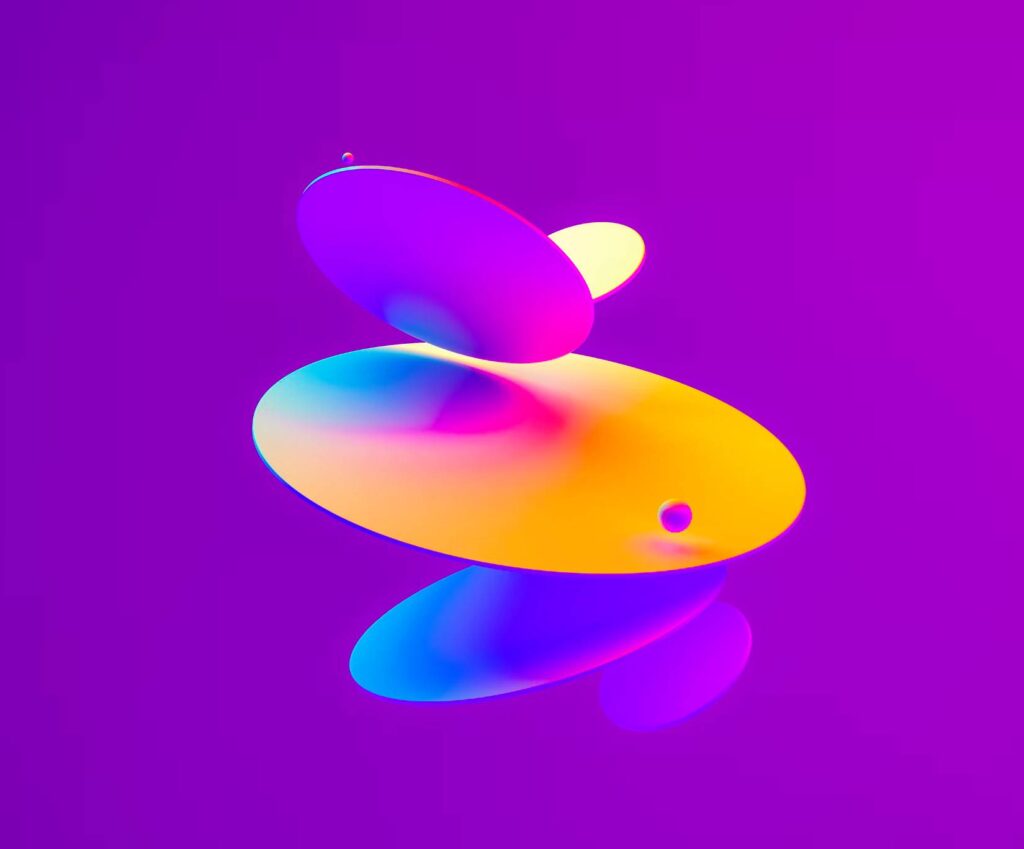
Motion UI Examples
Some of the most popular motion design examples include:
Easy Mobile Transitions
Simple UI transitions like smoothly switching between products on your website or app can keep users focused. You can use animations that move product or service cards in two directions to create an immersive experience for visitors.
Micro-Interactions
Events with a single, meaningful purpose are also known as micro-interactions that are meant to engage, welcome, or delight site and app users. Micro-interaction examples include a swiping action, status, CTAs, or animated buttons that make it clear that a fun interaction has happened.
Dimensionality
UI elements might seem more like physical objects with dimensions. Dimensional motion examples can include elements that look like they are floating, foldable, or have depth.
Obscuration
Imagine a frosted door that you need to interact with to open because you can’t really see what’s on the other side. Obscuration or the frosted glass design gives the user the prompt to interact with your site or app to fully see what’s waiting for them. You can use this for a passcode screen or menu on your website.
Parallax Motion
To establish hierarchy, parallax motion is when UI elements move at different speeds at the same time. The interactive elements will move faster and be in the foreground while non-interactive elements in the background move slower.
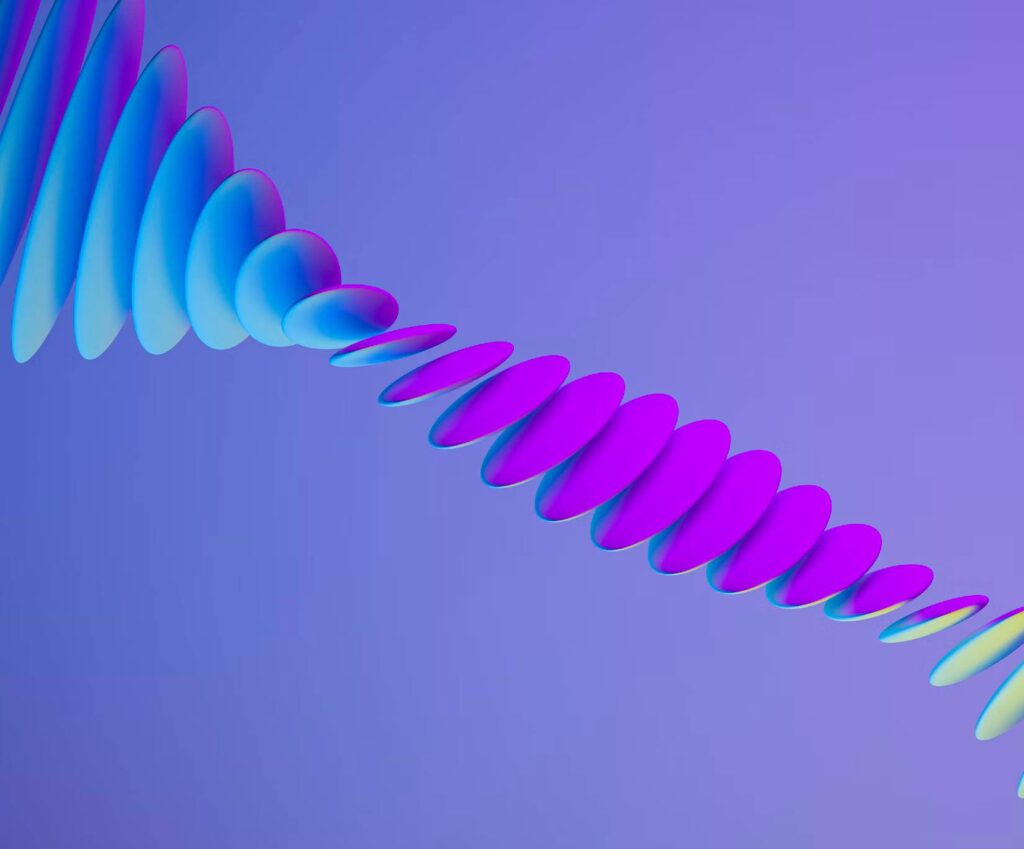
FAQs
How are motion graphics and graphic design different?
The difference between animation and graphic design is that motion design uses graphic design principles in visual media, video production, or filmmaking. Graphic design becomes motion graphics once there is movement or animation. Apart from motion graphics, Connect with GTECH for Graphic Design Services in Dubai.
What is the best software for motion graphics?
The best software for motion graphics depends on your level of expertise and budget. Blender is great for beginners with plans to get into motion graphics professionally. Adobe After Effects, Photoshop, and Premiere Pro are for more experienced motion graphics designers. Another motion graphics software for motion designers willing to pay the steep price is Cinema 4d.
Related Post
Publications, Insights & News from GTECH


